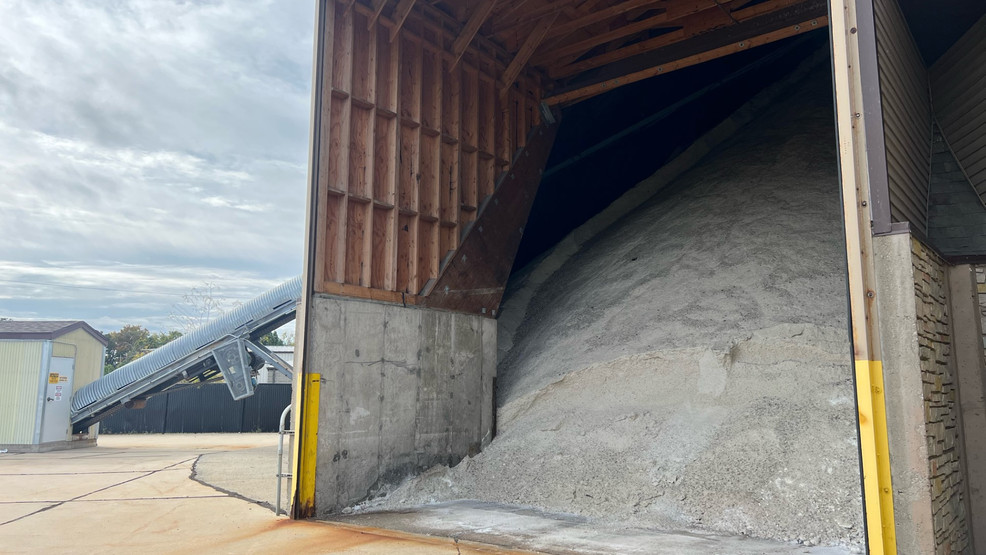Salt is one of the most crucial tools we have to make streets and sidewalks safer during the snowy season.
But there’s a good chance you’re using too much of it — and that salt sticks around longer than you think.
Eventually, all that salt runs off into our streams, rivers, and lakes.
“We’re not advocating for no salt,” says Shannon Haydin, the stormwater section manager for the Wisconsin DNR.
She says that what many people don’t realize is that once that salt enters our environment, there is no energy or cost effective way of removing it.
That’s why using salt in the winter is a delicate balancing act.
“We understand it is really the most effective thing that we can use for managing ice and preventing accidents, whether it’s with our vehicles or just walking. But it does have implications for our environment,” says Haydin.
Basically, our local ecosystem would eventually collapse if the salinity rises too much.
While there are no waterways in Northeast Wisconsin that are even close to concerning concentrations, they are trending up.
That’s why organizations like the Wisconsin DNR and advocacy group Wisconsin Salt Wise are trying to do something about it now.
Green Bay director of public works Steve Grenier says new practices in just the last 15 years have made big differences.
“30 percent less, and that’s simply because of the pre-wetting and the brining. It’s a huge number, huge number… We’re operating with less people than we ever did in the past, we’re doing it 3 times as fast as we used to, and we’re using less chemical to do it,” says Grenier.
And around your house, there are a couple strategies for reducing your own salt use.
One of the simplest ways to reduce how much slat you’re using in the winter is to not have to use as much in the first place — remove as much snow and ice as you can with shovels, brooms, and scrapers.
And when it comes to how much salt you end up having to use, you may still be using too much.
Just the salt that can fit in a 12 ounce cup — about the size of a coffee mug — is enough to treat ten squares of sidewalk or 20 feet of driveway.
If you do over-salt by accident, it doesn’t have to stay once the snow is gone.
“Sweep it up. You can re-use it, That way it doesn’t blow away or if we get a rain event after and then it washes off, sweeping it up will go a long way to eliminating that salt in our environment. And you can use it again,” says Haydin.
An easy way to save a buck — and help save the environment.

